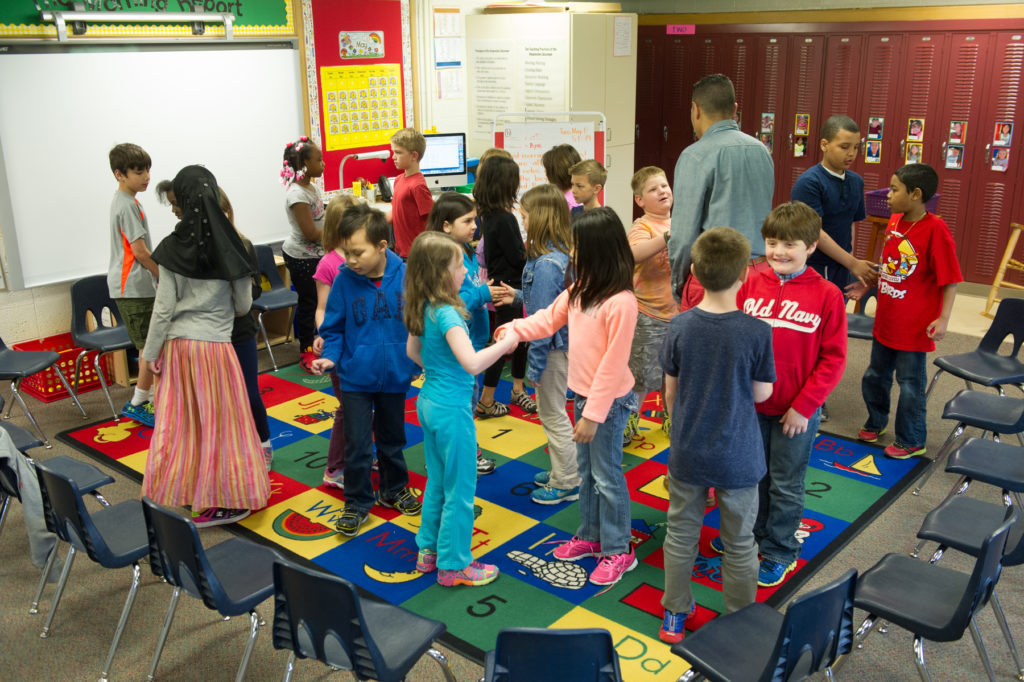
Energizers are quick breaks that get children moving, breathing, and having fun together. They are great ways to get children refreshed and refocused on learning anytime during the school year. They can be especially helpful during the winter months, when many children have fewer opportunities for active outdoor play.
Here are some tips for using energizers more successfully.
Pay attention to what your students need by asking yourself:
Plan ahead by considering the skills involved and how you will teach them.
When teaching more complex energizers, scaffold by introducing the components slowly.
Once you have learned and taught an energizer, have fun with it by making it your own. Give yourself permission to be innovative and creative by making adaptations that fit your class.
Inviting children’s suggestions increases the level of fun and also communicates that you value their ideas.
The key here is to stay in touch with children’s interest level and know when it’s time for a familiar favorite—or when it’s time to move onto something new.
Make sure that all students have an opportunity to participate. This may require making accommodations for those students who are shy or reluctant.
Providing lyrics helps all children feel comfortable and successful.
Participating in energizers with students helps to build a strong sense of community in your classroom. Since children’s voices are naturally about an octave or two higher than adults, you may want to use your highest voice.
Consider using quiet signals, quiet countdowns, or a rhyming chant to settle children back down. If you anticipate that students may struggle with settling down, use reminding language to prompt them beforehand. (For example, “What will it look like when we move back to our seats?”) Also, be prepared to use calm but firm redirecting language when students aren’t able to settle themselves. (For example, “Freeze! Return to your seats quietly. We’ll try this again tomorrow.”) And most importantly, use reinforcing language to name positive behaviors that you see when children regroup quickly following an energizer. (For example, “You returned to your seats so quickly and quietly! I saw you using the strategies we’ve practiced for moving safely in our classroom.”)
Get more tips for teaching and using energizers in Susan Roser’s book, Energizers! 88 Quick Movement Activities That Refresh and Refocus.